Here’s the Mandarin for ooh-la-la! As Taras Grescoe, a respected Canadian writer of nonfiction, shows in this marvellous, microscopically descriptive history of what is now one of the most populous and smoggiest megalopolises on earth, Shanghai in the 1930s was internationally notorious as ‘the wicked old Paris of the Orient’, with ‘as vivid a cast of chancers, schemers, exhibitionists, double-dealers and self-made villains as had ever been assembled in one place’. Grescoe lavishly keeps the promise of his book’s subtitle. In its heyday, the city was both glamorous and squalid, extremely rich and poor, unscrupulous and tough: to shanghai in the lower case means to force people to do what they don’t want to do.
Shanghai’s most dynamic period of evolution was brought about by the wholesale importation of opium. Early in the 19th century, when merchants profited by up to £100 from a chest of the drug, 24,000 chests of it were imported annually from India — ‘enough,’ Grescoe writes, ‘to sustain the habits of two million addicts.’ When Chinese authorities resisted the trade, William Jardine, the Scotsman who later co-founded Jardine, Matheson & Co., sailed from China to England to lobby for military support. Parliament sent 4,000 troops to China to wage what has been called the Opium War. In 1840, three years after Victoria became Queen, British forces attacked China and, within a year, established Shanghai and four other coastal cities, Canton, Amoy, Foochow and Ningpo, as the Treaty Ports, granting extraterritoriality — immunity to Chinese law — to British citizens and some other westerners. The whole operation to impose unlimited opium on China was a brilliant commercial success and surely one of the most shameful enterprises in imperial history.
Grescoe adds picturesque detail to the consequent story of Shanghai, with intimate portraits of some of its extraordinary characters. The principal of these was Emily ‘Mickey’ Hahn, who was born in St Louis, Missouri, in 1905, a daughter of the vice-president of a grocery and dry goods firm whose father was an immigrant German-Jewish pedlar. Mickey became the first female mining engineer to graduate from the University of Wisconsin, but almost immediately switched to journalism. She proved to be highly qualified as a foreign correspondent: she was ambitious, intelligent, daringly inquisitive and an excellent, fluent writer. And she was an attractive and very friendly woman.
After a fond acquaintance with a pygmy in the Congo and a disappointing love affair with an alcoholic screenwriter in Hollywood, she headed by ship across the Pacific in 1935, meaning to return to Africa, when she was waylaid in Shanghai — for eight years. She found that city ‘of breathtaking wealth and abysmal poverty’, to which the ‘desperate could escape’ and ‘chambermaids could become Russian princesses’, was a perfect place to soothe a wounded heart and to provide good copy for newspapers, magazines and books.
Thanks to the exciting patronage of Sir Vincent Sassoon, who shared his illustrious family’s wealth from milling cotton in India, and vastly enlarged his own fortune in Shanghai, Mickey gained an entrée to the city’s loftiest inner circles, such as the strictly discriminating Shanghai Club and Sassoon’s most precious creation, the Cathay Hotel, one of the world’s most expensively exclusive hotels, where Noël Coward wrote Private Lives.
Thanks also to a celebrated, rich, gregarious Chinese poet and publisher, Zau Sinmay, who already had a wife and a large family but somehow managed to promote Mickey from concubine to supernumerary wife, she was able to penetrate beyond the Bund, the waterfront promenade, into the city’s Chinese cultural hinterland. At the same time, she got a job writing features for the North-China Daily News and was soon allowed to choose her subjects. Thus she got to know Shanghai’s whole social cross-section, which Grescoe, in turn, anatomises.
She was fascinated by the sing-song girls whom she classified as ‘the hired entertainers of dinner parties’, befriended prostitutes, and once, with a girlfriend, spent an evening as an employee of a dance hall, dancing with any men who bought tickets to do so.
During this period, Mickey was able to charm the Nationalist leadership sufficiently to gain access to Madame Chiang Kai-shek and the two other Soong sisters for a joint biography, which sold well in the United States and elsewhere. An opium smoker relatively briefly in her long career, lasting until she died at the age of 92, Mickey took time finally to marry Charles Boxer, an English Army major admired by all who knew him, and to write 51 other books and 181 articles for the New Yorker, including many thinly disguised accounts of the exploits of Zau Sinmay. Mickey was a protégée of Harold Ross, the magazine’s founding editor; and his successors kept her on as a permanent contributor.
Shanghai Grand is not overtly judgmental, but it isn’t difficult to infer that most westerners in Shanghai’s International Settlement and French Concession treated the natives abominably. Grescoe, without saying he intends to, enhances one’s appreciation of J.G. Ballard’s great novel of wartime internment there, Empire of the Sun. ‘One day,’ Ballard predicted, ‘China would punish the rest of the world, and take a frightening revenge.’ In her autobiographical China to Me (1944), Hahn simply reported that ‘Doctors in Shanghai had to use stomach pumps a lot.’
Got something to add? Join the discussion and comment below.
Get 10 issues for just $10
Subscribe to The Spectator Australia today for the next 10 magazine issues, plus full online access, for just $10.
You might disagree with half of it, but you’ll enjoy reading all of it. Try your first month for free, then just $2 a week for the remainder of your first year.

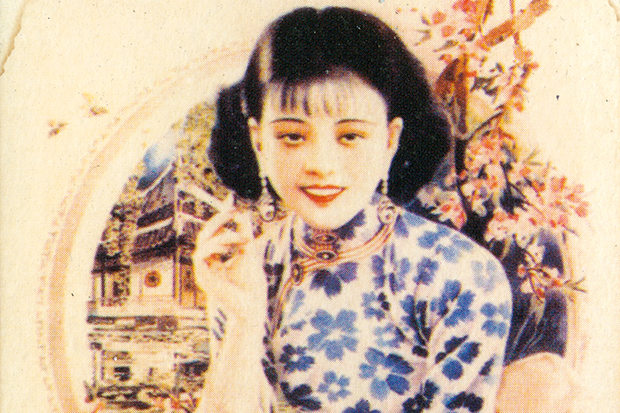
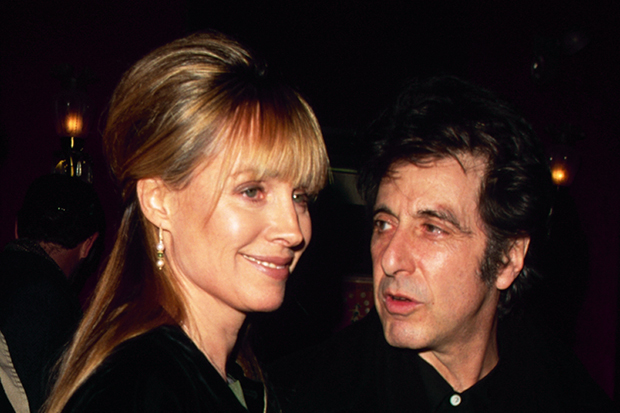
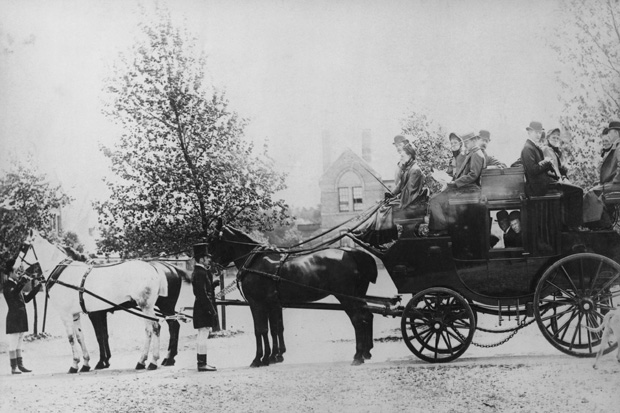
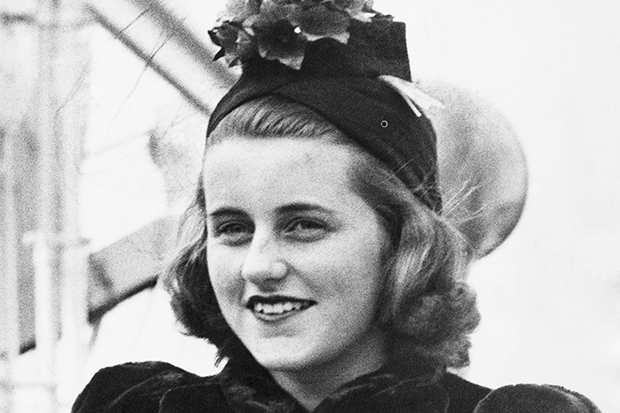
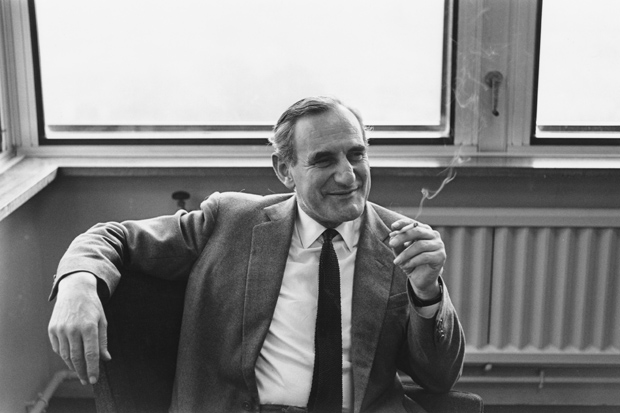
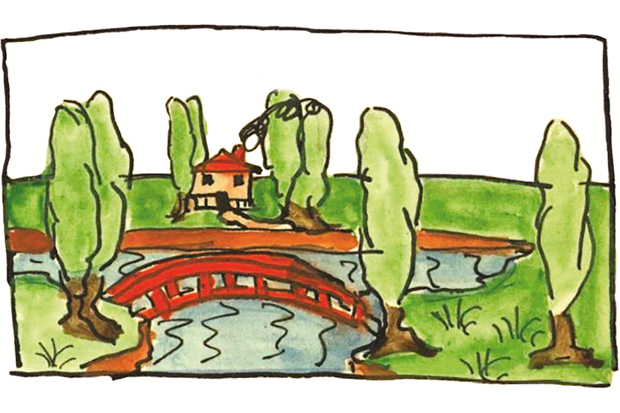
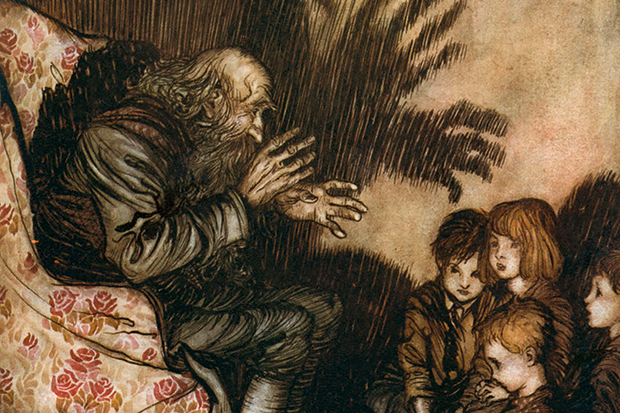






Comments
Don't miss out
Join the conversation with other Spectator Australia readers. Subscribe to leave a comment.
SUBSCRIBEAlready a subscriber? Log in